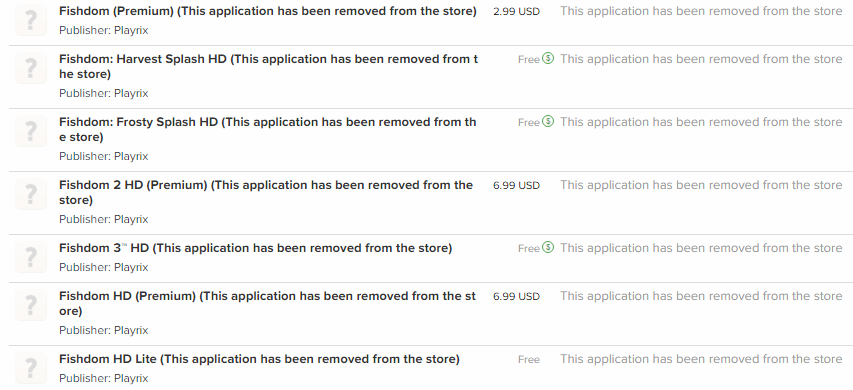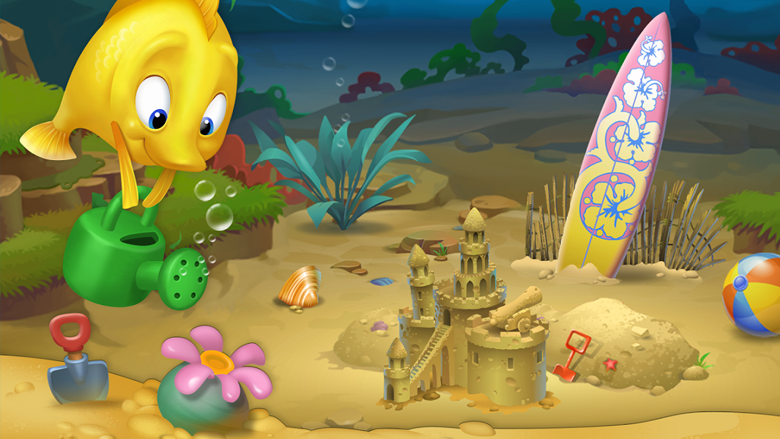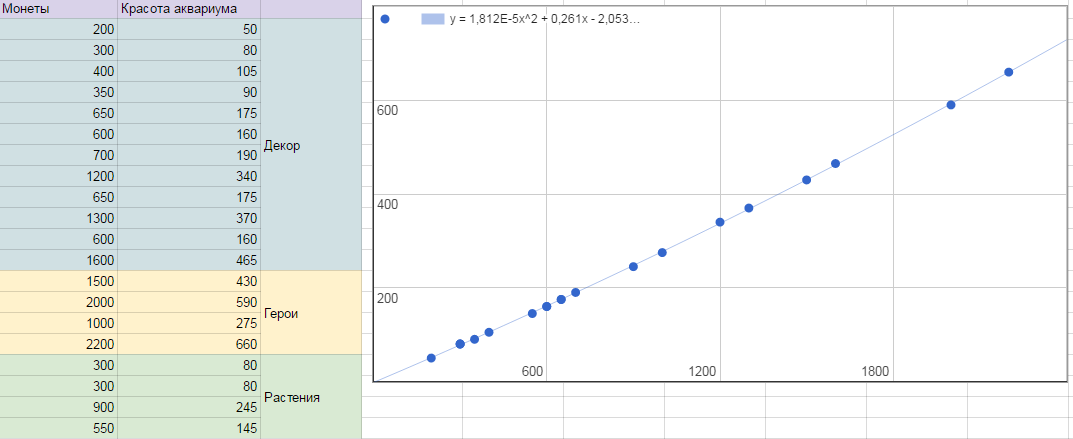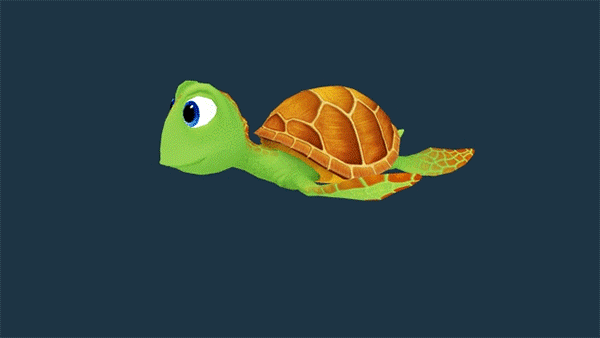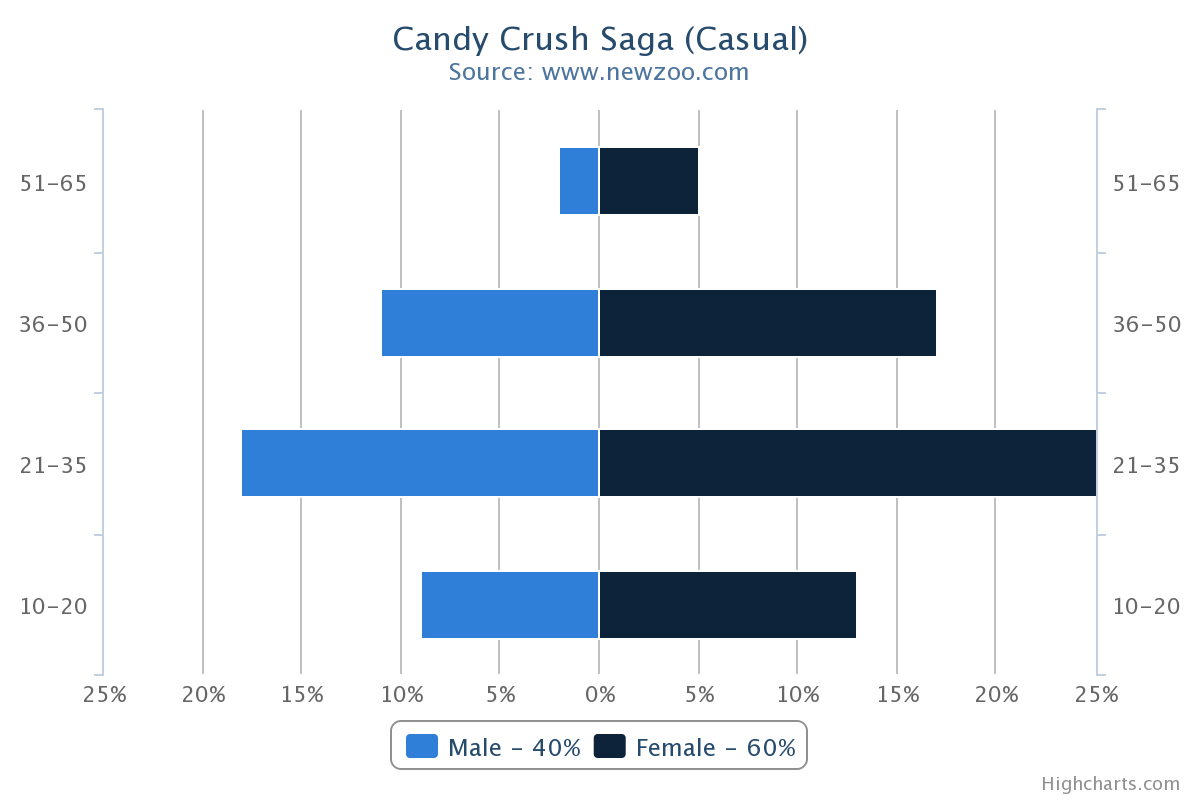Deconstruction of Fishdom: Deep Dive
Last February, three-in-a-row Fishdom from the Russian studio Playrix reached the figure of 1 million DAU on Google Play just a week after the release. We have prepared an analysis of the game.
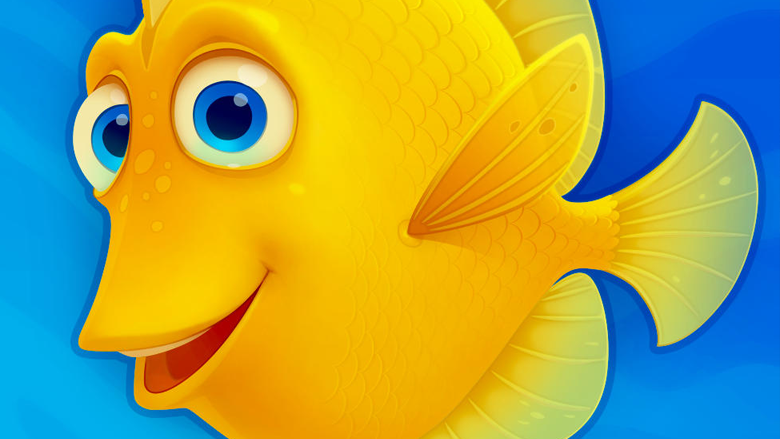
The Fishdom title is not at all a couple of months old, as you might think, looking at the official release dates of Fishdom: Deep Dive on the App Store and Google Play (December 2015 and February 2016, respectively). The first game under this name was released in 2008. Since then, about eight more projects of the same name have been released only on PC. However, there are only three numbered parts. Mobile Deep Dive is, as far as can be judged by visual similarity, a shareware adaptation of the last of them – Fishdom 3, released on PC in June 2014.
It is difficult to talk about the success of a particular series in the casual PC market, within which the franchise was primarily known until recently. Information about sales of projects on the most popular sites in this segment (BigFishGames in the West, Nevosoft and Alawar in Russia) has always been closed. But, considering that the original title was recognized as one of the bestsellers on AOL, BigPond and BigFish sites in 2009, and its conversion rate reached 14%, it can be assumed that the first part already earned well.
It is quite understandable that the company wanted to transfer its success to a mobile platform, where, as it was already clear by 2011, casual and social mechanics take root well. However, the path to the mobile platform for the series was long and difficult. The fact is that Playrix has released about 30 (!) versions of Fishdom only on iOS. As a rule, these were freemium projects (in fact, demo versions: reached a certain point, stop, buy the full version). Box office hits or download leaders, as far as can be judged by their positions in mobile stores, none of them can be called.
Playrix removed most of them from the app stores in December 2015, preparing for the worldwide release of the shareware Deep Dive, which has been in the soft launch since 2013.
Numerous “dead souls” of other Fishdom brand games
Game cycle
A distinctive feature of all parts of the series is that their gameplay is a mix of the traditional PC widescreen three-in-a-row (meaning the playing field, whose number of cells is more than 81) with genres such as builder and ”tamagotchi” (virtual pet simulation game).
The same is true for Deep Dive.
The player in the project equips his virtual aquarium. The currency that is mined in match-3 levels is spent on the arrangement. The more buildings, decorations and fish in the aquarium, the cooler the aquarium (the more stars it has). The high level of the latter gives access to a new aquarium, which can also (and should) be pumped. The more stars, the more gold the player gets from the game levels.
Each star gives an increase of 20 coins. For example, if you have one aquarium with one star, then you get a bonus of 20 coins for each level. In that case, if you have three aquariums with three stars, then for a successfully completed level you already get 180 coins plus.
That is, we are dealing with an original cycle in which the gameplay is given currency, which is spent so that the player can get even more currency from the gameplay.
But buildings, decorations and fish, not to mention new aquariums, do not affect the root gameplay in any way. They do not bring bonuses and do not speed up the life generation timer.
It is necessary to “build” in the game, but the benefits of this are not so obvious
Root gameplay
The root gameplay, as we noted a little above, is a standard widescreen three-in-a-row (a la Cradle of Empires).
To complete each level, it is necessary to fulfill the goals set in it. It can be the destruction of certain cells, collecting all the gold from the level or something else. Everything is within the genre.
When entering a level, the player can choose bonuses that will appear on the field from the very beginning of the game. Theoretically, this gives the player a certain advantage.
The bonuses themselves, which the player can also collect on the field, destroying a certain number of chips at the same time, are always bombs. They differ from each other only in the radius of action. A firecracker, for example, affects only neighboring cells, and dynamite “processes” a much larger area.
The lack of diversity in the approach to destroying chips makes life easier for a casual player: he knows that no matter what bonus he collects, the principle of operation will remain the same.
When the bonus explodes, another one accumulates — lightning, which removes all the chips of the selected color. When the progress bar is filled, it is placed on the field in a random place.
There is also a powerup hammer in the game. He breaks one chip or obstacle.
As in the “Planet of Gems”, the chips on the field can be moved during the fall of the rest. This is due to the presence of levels for a while.
In the game, the chips can be moved to empty cells (swap with the “void”).
For each level, the player receives coins based on the cost of the level itself, a bonus for the number of saved moves and a bonus depending on the number of stars.
On a small screen, it is not very convenient to match chips on an 11×9 format field
Meta-gameplay
In meta, as already mentioned, the player equips aquariums. This happens with the purchase of four types of entities: fish, decorations, characters and plants. Each of the entities has its own price, as well as an indicator of the “beauty” that it gives to the aquarium.
The beauty of the aquarium is reflected in a special scale. As soon as it is completely filled, the aquarium gets a star. The maximum number of stars in each aquarium is three.
Despite the fact that there are four entities, they do not differ functionally from each other. The exception is the fish, which can be given names, which can be fed and whose number in the aquarium is limited to nine (if the player wants more fish, he should definitely think about pumping to the next aquarium).
The player will not be able to buy all the entities at once. Access to them opens as you progress through the levels. Also, it cannot be done for real money (the game’s hard currency is not translated into the game’s soft currency, for which entities are purchased).
The cost of decor and beauty indicators in the first approximation have a power dependence (linear in zero):
There are no level maps in the game, as well as the ability to replay.
Monetization
The main type of monetization of the game is the sale of boosters, powerups and lives, produced only directly for hard currency.
There are also special offers in the game, within which the player is invited to purchase hard currency. As a rule, these promotions last for a limited time (for example, one hour).
I would also like to mention the process of selling additional moves. After the player has run out of moves, he can buy additional ones with hard currency.
If the level has not been successfully completed, the player can again purchase additional moves, but with a mandatory bonus in a pair, which will cost him more.
After several such purchases, which did not lead to the successful completion of the session, the player will still pay, since there are more and more bonuses in addition to moves, money has already been spent decently, and the level has not been passed.
If a player simply could not pass a level several times in a row (it does not matter whether he paid or not), the game offers the user to buy a bonus and start playing with it.
Crystals can be earned by viewing ads. The trick is that the player never knows for sure whether he will get gold or some crystals for watching the video.
All the fish (as well as the hero’s constant companion — the turtle) the game has three – dimensional
Target audience
The conversation about the project would not be complete if we did not touch on the topic of the audience of the game. It is clear that it is close to that of Candy Crush Saga. That is, the conversation is about the predominantly female contingent, over 18 years old.
But here we would like to draw attention to the tools with which Playrix works with its audience, what it catches. Highlighting these tools below, we start from the theory of Shell Games CEO Jesse Schell. According to this theory, there are five game components that primarily attract women: emotions, real setting, caring, dialogues and word puzzles, as well as learning by example.
Fishdom has it all. Funny characters (turtle and fish) give emotions. An aquarium is quite a real setting, albeit a cartoon one. In the game, you can (although it is completely optional) take care of pets (feed). The heroes regularly communicate and joke with the player, thereby destroying the “fourth wall”. Plus, no one canceled a detailed tutorial.
In other words, 100% hit in the appropriate audience.
Results
At the time of this writing (March 29, 2016) the iPad version of the game was included in the cash Top 100 app in 32 countries, including Russia, the UK, Germany and the United States. The cash figures of the iPhone version are slightly worse. The reason, we think, is obvious — a wide-format playing field, on which it is not very comfortable to play with devices whose diagonal is less than 5-6 inches. On Google Play, the game also shows good performance, entering the box office Top 100 in 37 regions.
